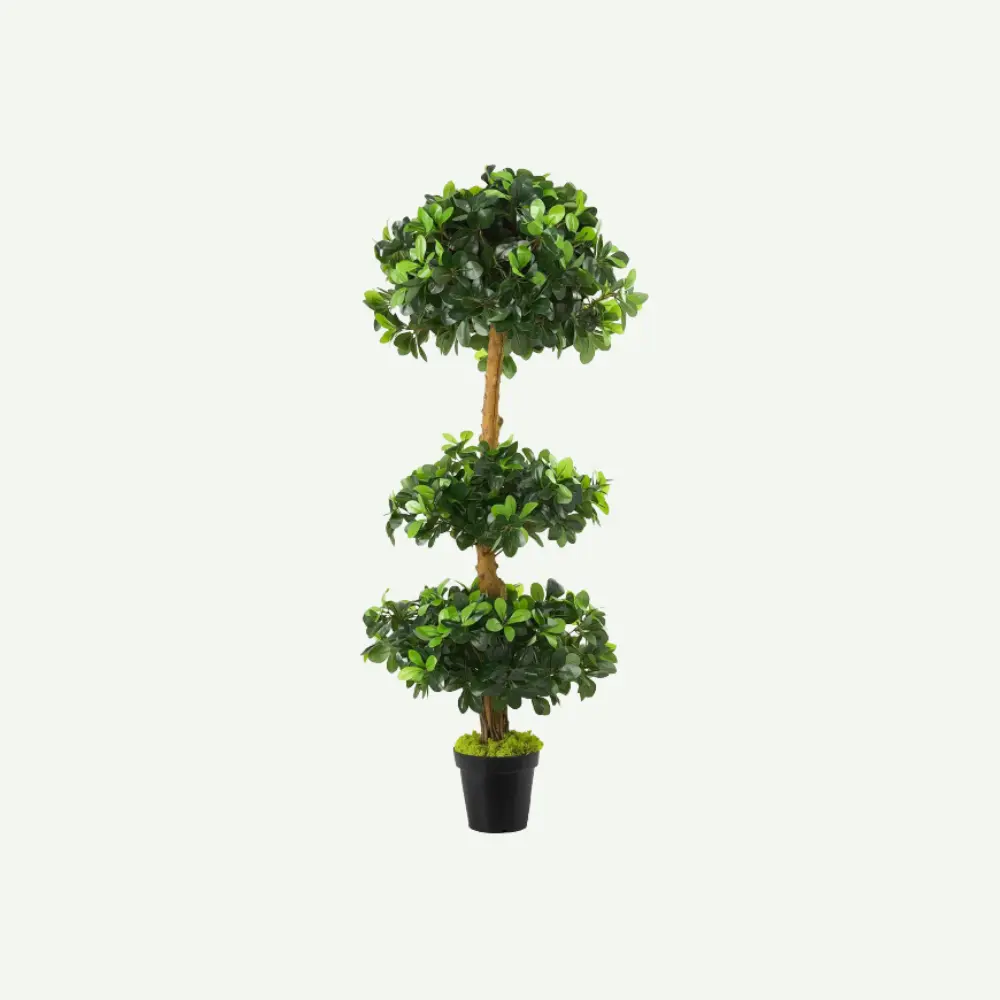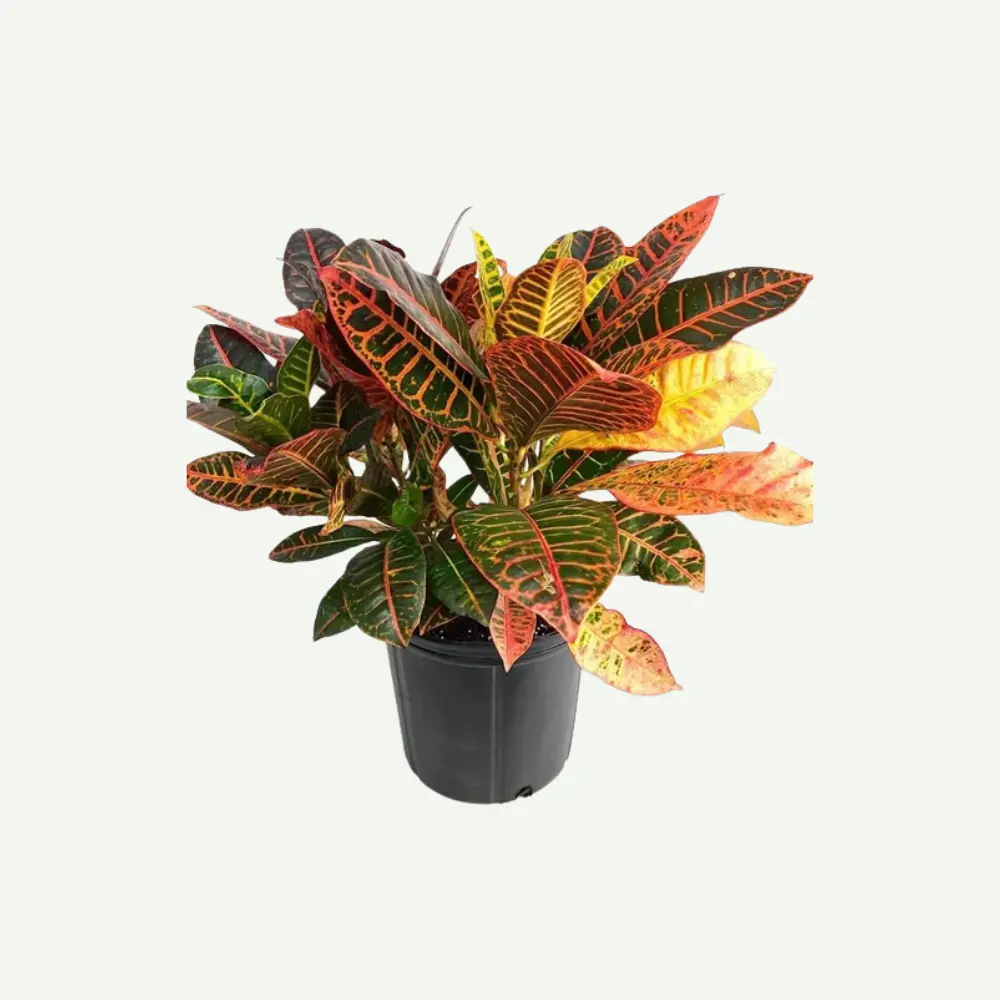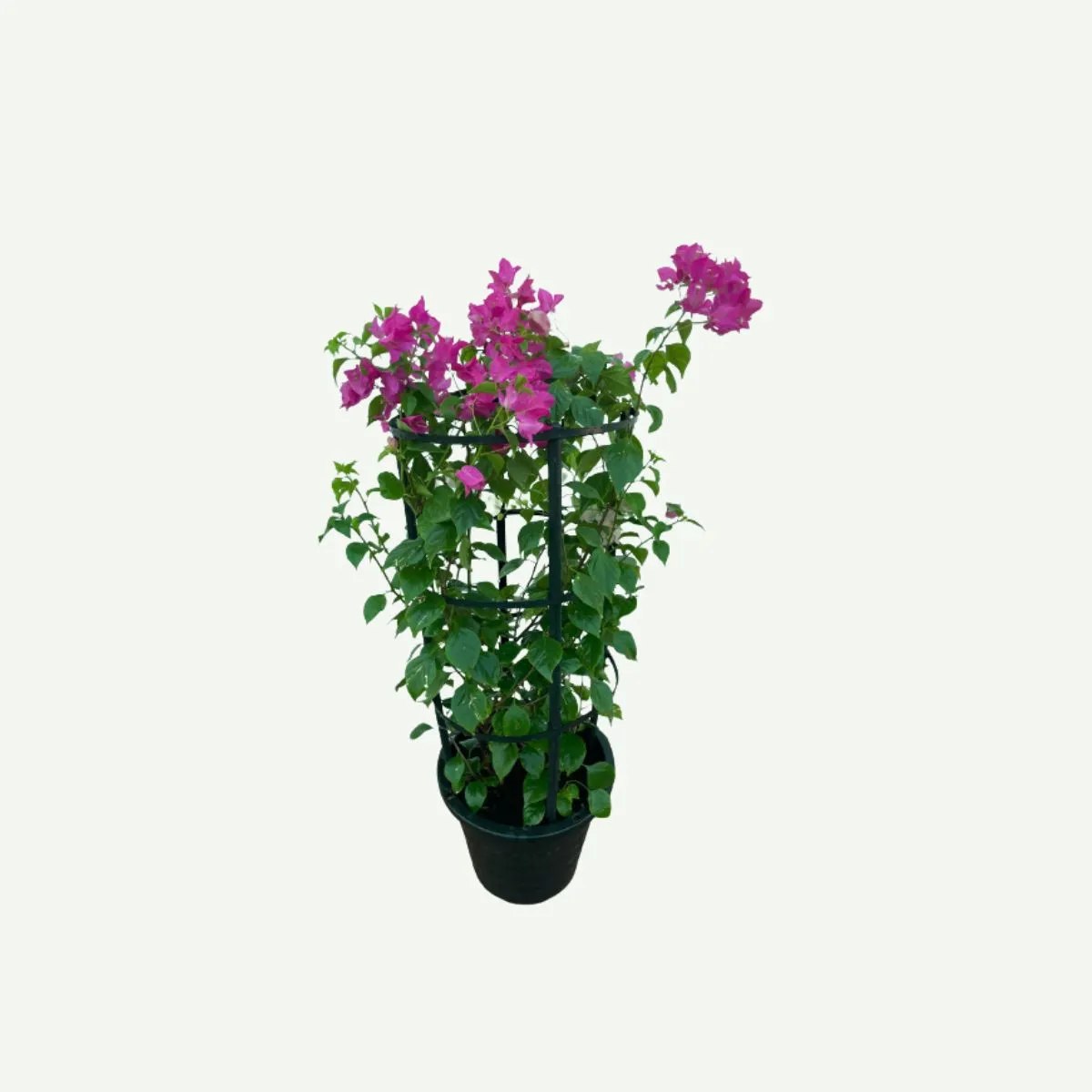Asparagus fern, botanically known as Asparagus setaceus, is not a true fern but rather a member of the Asparagaceae family. It is a popular ornamental plant appreciated for its delicate, feathery foliage and trailing growth habit. Asparagus fern is native to South Africa and is commonly used in indoor and outdoor gardens as a decorative accent or hanging plant.
Care of Asparagus fern:
Sunlight: These ferns prefer bright, indirect light. They can tolerate some shade, but insufficient light may result in weak growth and a less dense appearance.
Temperature: These ferns thrive in warm temperatures and are best suited for tropical and subtropical climates. They are not frost-tolerant and should be protected from cold temperatures.
Soil: These plants prefer well-draining, fertile soil. A mix of potting soil and perlite is suitable for potted Asparagus ferns, while garden beds should have good soil structure with added organic matter.
Watering: These ferns require regular watering to keep the soil consistently moist but not waterlogged. They are not drought-tolerant and may suffer from underwatering.
Humidity: These ferns appreciate high humidity levels, especially when grown indoors. Regular misting or placing the plant on a humidity tray can help provide the necessary moisture.
Pruning: Pruning may be required to maintain the desired shape and size of Asparagus ferns. Trimming back leggy growth can encourage bushier and healthier foliage.
Characteristics of Asparagus fern:
Size: These ferns can vary in size, depending on their growing conditions and cultivar. They are usually small to medium-sized plants, with mature specimens reaching a height of 1 to 4 feet (30 to 120 cm) and a spread of about 2 to 4 feet (60 to 120 cm).
Leaves: The leaves of These fern are small, needle-like, and feathery, giving them a delicate and airy appearance. The foliage is bright green and arranged in clusters along the stems.
Flowers and Berries: In ideal growing conditions, Asparagus ferns may produce small, white or pinkish flowers in summer, which are followed by small, red berries. However, the flowers and berries are not the main attraction of this plant, and it is primarily grown for its attractive foliage.
Growth Habit: These ferns have a trailing or cascading growth habit, making them well-suited for hanging baskets or planters. They can also be grown as a ground cover in suitable climates.
Landscape Use of Asparagus fern:
Asparagus fern is commonly used as an ornamental plant in both indoor and outdoor gardens, thanks to its attractive foliage and trailing growth habit.
It is an excellent choice for hanging baskets, window boxes, and containers, where its cascading stems create a visually appealing display.
Asparagus fern can also be used as a ground cover in suitable climates, where it can spread and fill in spaces with its lush, green foliage.
Overall, Asparagus fern is a versatile and attractive plant that adds a touch of elegance and lushness to gardens and indoor spaces. Its delicate foliage and trailing habit make it a popular choice for hanging planters, while its adaptability to various growing conditions makes it suitable for different landscapes and gardening projects.






Reviews
There are no reviews yet.